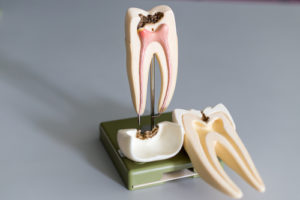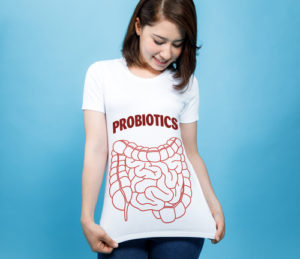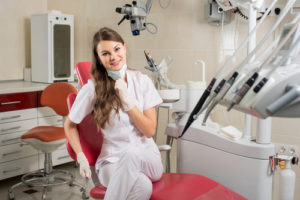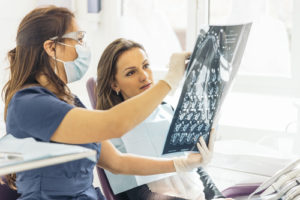 Thanksgiving is day dedicated to giving thanks for all that we have in our lives. The typical thankful sentiments of life, health, family, and friends usually top the list. This Thanksgiving, the team at our Modesto dental office wants to give you one more thing to be thankful for, something that’s typically overlooked: your teeth.
Thanksgiving is day dedicated to giving thanks for all that we have in our lives. The typical thankful sentiments of life, health, family, and friends usually top the list. This Thanksgiving, the team at our Modesto dental office wants to give you one more thing to be thankful for, something that’s typically overlooked: your teeth.
We know it may sound silly to give thanks for your pearly whites, but trust us, after we list the top reasons you should appreciate your teeth, you’ll be praising them in no time.
Your Teeth Are One of Your Most Defining Features
According to a study conducted by the American Academy of Cosmetic Dentistry (AACD), your smile is one of the first things someone notices about you. It can also impact your life and others’ perceptions of who you are. In fact, the same AACD study concluded that 74% of those who took the survey believe an unattractive smile can negatively affect someone’s career. But don’t worry, if you’re not proud to show off your grin, cosmetic dentistry from your Modesto dentist will transform your smile and maybe even your life.
They Help Us Communicate
Teeth are an essential part of speaking. Without them, we’d have difficulty pronouncing certain letters and sounds such as ‘f,’ ‘v,’ ‘s,’ ‘th,’ and so many more. Go ahead and give it a try. Can you say a full sentence without touching your teeth together or bracing your tongue against them? We’re guessing it was a bit challenging. Those who struggle to pronounce sounds correctly can benefit from seeing a dentist, undergoing orthodontics, or working with a speech therapist.
Teeth Allow Us to Eat All of the Delicious Thanksgiving Treats
One of the teeth’s main purpose is to help us break down foods into more manageably sized pieces so that we can swallow easier. Different types of teeth have a different jobs when it comes to aiding in eating. For example, incisors (the front four teeth on top and front four on the bottom) help us bite bits of food while the molars and premolars are responsible for mashing and chewing the food.
They Can Improve Digestion
Also related to eating, there’s more that the mouth does to help prepare food for proper digestion other than simply chewing. As we chew, our saliva production increases to help further break down the food particles. The saliva contains enzymes that kick start the digestion process. If we don’t chew well or fully, proper digestion can’t happen.
We hope our few reasons to be thankful for your teeth this Thanksgiving, and all year around, makes you appreciate a healthy smile. If there’s any concern about your smile, whether it’s cosmetic or functional, we welcome you to call our dental office in Modesto.







 Whether you work a typical 9 – 5, Monday through Friday job, or your schedule typically varies, the truth is Americans spend quite a bit of time at work each week. No matter what your job responsibilities are, several of the most common workplace habits can affect almost every type of occupation. Some of these habits can negatively affect your overall health. In this blog, our
Whether you work a typical 9 – 5, Monday through Friday job, or your schedule typically varies, the truth is Americans spend quite a bit of time at work each week. No matter what your job responsibilities are, several of the most common workplace habits can affect almost every type of occupation. Some of these habits can negatively affect your overall health. In this blog, our 



